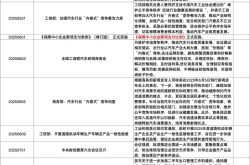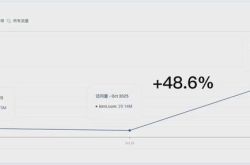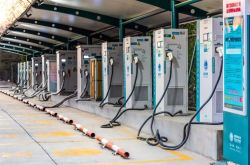How Yin Tongyue Will Untie the Capital Knot After 7300 Days
![]() 03/03 2025
03/03 2025
![]() 636
636
This capital knot, initiated in 2005, will reach its culmination in 2025.
After nearly two decades of striving for an IPO, Chery Automobile has finally taken its first official step.
On February 28, Chery officially submitted its listing application to the Hong Kong Stock Exchange, preparing for its market debut. This marks the last major independent automaker brand in China yet to be listed.
The journey began in 2005, when the Chinese automotive industry was dominated by joint ventures, and local brands struggled with limited market share. Despite rapid expansion through a "low-price strategy," Chery's profitability was constrained by its low-end model structure, resulting in a net profit of only 230 million yuan in 2004. Additionally, Chery's early equity was fragmented, with a high local government shareholding that hindered strategic decision-making efficiency and failed to meet the transparency requirements of capital market regulations.

Furthermore, BYD's troubled Hong Kong stock listing at the same time cast doubts on the technological prowess and brand premium of independent automakers.
Subsequent years saw failed IPO attempts by Chery Automobile.
However, if Chery successfully lands on the Hong Kong stock market this time, it will accelerate the expansion of its product matrix (such as hybrid/pure electric vehicles), the construction of overseas production bases, and the consolidation of its export advantages. Moreover, the internationalization of Hong Kong stocks will aid Chery in increasing its valuation, attracting talent through equity incentives, motivating employees, and accelerating the research and development of new technologies and models.
Twenty Years of Persistence
Yin Tongyue, Chairman of Chery Automobile, has publicly stated his aspiration to complete the IPO plan by 2025.
This is not just Yin Tongyue's knot but also Chery's.
In fact, Chery embarked on its listing journey as early as two decades ago. However, due to the company's state-owned background and the complex shareholding structure resulting from balancing multiple parties' interests, coupled with the conflict of interest with SAIC Motor's initial 20% shareholding, the listing efforts were thwarted.
In 2008, Chery finally completed its initial shareholding system reform, but the company's listing was again stymied by performance fluctuations at the time. In 2016, the company attempted a backdoor listing with Hailuo Profiles but ultimately failed due to significant business disparities.
After the establishment of the Science and Technology Innovation Board, Chery had ambitions to list there, but under the scrutiny of the technological innovation content of manufacturing enterprises, the company had to retreat in the face of challenges.
Additionally, debt was a significant obstacle hindering Chery's listing process.
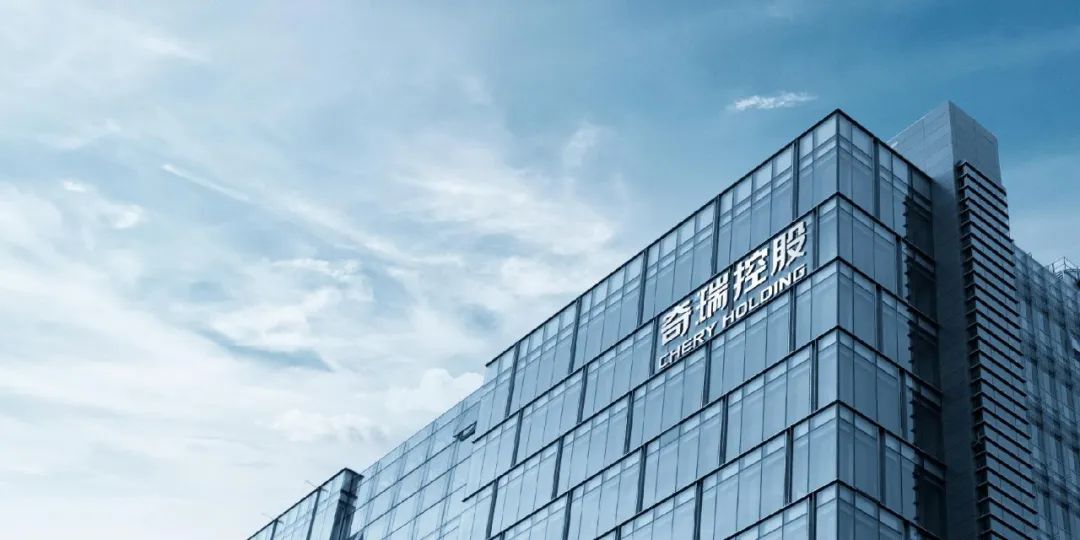
Under the weight of debt and losses, Chery Automobile and its parent company Chery Holding initiated a capital increase and share expansion project in 2018 and found a strategic investor, Qingdao Wudaokou, in 2019. However, Qingdao Wudaokou was unable to sustain subsequent funding for Chery's projects. In 2022, Luxshare Precision, a manufacturer of products for Apple, invested 10 billion yuan to replace Qingdao Wudaokou as Chery's new strategic investor.
With the entry of strategic investors, Chery Automobile's debt pressure has eased. The prospectus reveals that Chery Automobile's net current liabilities were 17.388 billion yuan at the end of 2023, decreasing to 4.41 billion yuan by the end of the third quarter of 2024. Meanwhile, Chery Automobile's cash and cash equivalents were 12.686 billion yuan at the end of 2022, increasing to 35.048 billion yuan by the end of 2023 and 41.938 billion yuan by the end of the third quarter of 2024.
Clarifying the complex shareholding structure has also become a prerequisite for Chery to push forward its IPO. Around 2008, Chery completed the divestiture of its non-core assets, shareholding system reform, and other tasks, establishing Chery Automobile Co., Ltd., a crucial step in clarifying its shareholding structure.
Prior to this IPO attempt on the Hong Kong stock market, Chery Automobile completed another round of major shareholding structure adjustments.
The prospectus discloses that to meet the business needs of Chery's controlling shareholders and enhance decision-making efficiency, a restructuring was undertaken, whereby Chery Holding ceased being a shareholder of Chery Automobile. Consequently, all shares held by Chery Holding at that time (equivalent to a 42.32% equity stake in Chery Automobile) were proportionally allocated to Chery's controlling shareholders (sinking), a process completed on January 20, 2025.
After the sinking was finalized, the top three shareholders of Chery Automobile are currently Wuhu Investment Holding Group Co., Ltd. with a 21.17% stake, Ruichuang (one of the management and employee shareholding platforms) with an 18.25% stake, and Luxshare with a 16.83% stake. As Chery Automobile's single largest shareholder, Wuhu Investment Holding Group Co., Ltd., formerly known as Wuhu Construction Investment Co., Ltd., is wholly owned by the Wuhu Municipal People's Government State-owned Assets Supervision and Administration Commission.
The confidence in this IPO sprint also stems from Chery's robust financial performance.
The prospectus indicates that Chery Automobile's revenue was 92.618 billion yuan, 163.205 billion yuan, and 182.154 billion yuan for 2022, 2023, and the first nine months of 2024, respectively; profits were 6.266 billion yuan, 11.953 billion yuan, and 11.222 billion yuan, respectively.

Currently, Chery Automobile boasts a relatively high profit level among domestic listed automakers.
In comparison, for the first three quarters of 2024, the net profits attributable to shareholders of GAC Group, SAIC Motor, Great Wall Motors, Changan Automobile, BYD, and Thalys were 120 million yuan, 6.907 billion yuan, 10.428 billion yuan, 3.58 billion yuan, 25.238 billion yuan, and 4.038 billion yuan, respectively. Chery Automobile's profit has surpassed the combined profits of SAIC Motor and Changan Automobile for the same period.
Not Pursuing Speed, Breaking the Mold First
In recent years, a notable trend in both Chinese and foreign automotive markets has been the clustering of IPOs.
Represented by Porsche, a subsidiary of the Volkswagen Group, Lamborghini and Bentley within the same group have IPO ambitions, and Maserati and Renault also have plans for spin-off listings. In China, Geely's Zeekr went public in the United States, and traditional automakers such as GAC Aion, Changan's Avita, SAIC, Dongfeng, as well as numerous new-energy vehicle brands, have embarked on the path of financing and listing.
What drives this clustering of IPOs among automakers?
"Manufacturing new electric vehicles, especially new models, indeed requires a substantial amount of capital."
According to industry insiders, in the fierce competition for electrification and intelligence, many automakers' layouts are strategic and do not emphasize profitability or price but rather aim to cultivate the consumer market. This logic is fundamentally different from that of profit-oriented fuel vehicles.
"If a certain business line of a fuel vehicle is not profitable, the automaker may decide to discontinue it promptly. However, for electric vehicles, what everyone values is not short-term profitability but rather long-term investment in brands and technologies, hoping to reap greater returns in 5-10 years. In this process, significant capital is inevitably required, and financing in the primary market gradually leads to listing, which is a natural progression."
Let's take a closer look at Chery.
Although Chery Automobile has achieved sales growth in new energy vehicles in recent years, fuel vehicles remain the primary source of revenue. From 2022 to the first nine months of 2024, the company's fuel vehicle revenue accounted for 75.9%, 87.8%, and 74.8%, respectively; while new energy vehicle revenue accounted for 13.2%, 4.9%, and 16%, respectively. In 2024, the market penetration rate of new energy vehicles once exceeded 50%. In comparison, Chery's new energy vehicle revenue accounted for a relatively low proportion.
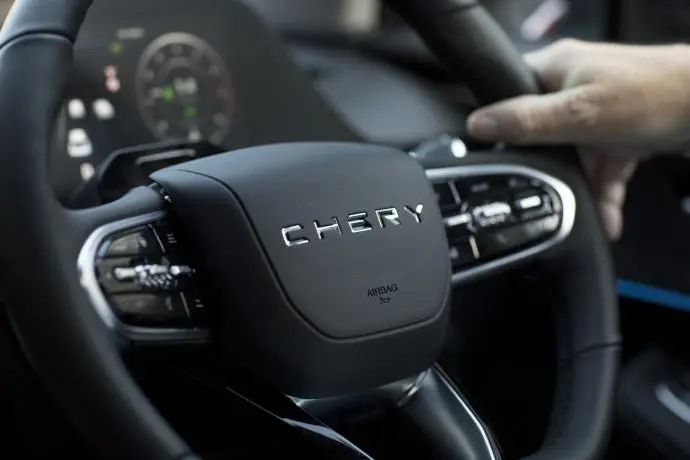
"In terms of demand, most consumers still prefer fuel vehicles, especially in areas where electric vehicle infrastructure is still developing. In terms of supply, fossil fuels remain the most important energy form globally, with a highly mature industrial chain, and the global market size of fuel vehicles is still immense," Chery Automobile stated in the prospectus.
According to the prospectus, in 2023, Chery officially launched a new new energy vehicle strategy, optimized its new energy vehicle product mix, and phased out some outdated pure electric vehicle models, resulting in a decrease in the company's new energy vehicle sales revenue from 12.253 billion yuan in 2022 to 7.912 billion yuan in 2023.
However, with the introduction of new new energy vehicle models and versions under this strategy, Chery Automobile's new energy vehicle sales revenue increased from 4.585 billion yuan in the first nine months of 2023 to 29.104 billion yuan in the same period of 2024.
In this IPO attempt on the Hong Kong stock market, Chery plans to utilize the raised funds for the research and development of various models and versions of passenger vehicles to further expand its product mix (including the continuous launch of new energy vehicle models and new energy versions of existing product lines), the research and development of next-generation vehicles and advanced technologies to bolster its core technological capabilities, the expansion of overseas markets and the implementation of globalization strategies, the upgrading of production facilities, and the replenishment of working capital.
Therefore, for Chery, the capital market can provide long-term and stable financial support, which is also one of the core reasons for pushing forward its IPO. Chery hopes to establish a virtuous cycle of "R&D investment - technological breakthrough - market growth - capital premium" through listing, thereby gaining an edge in technological competition.
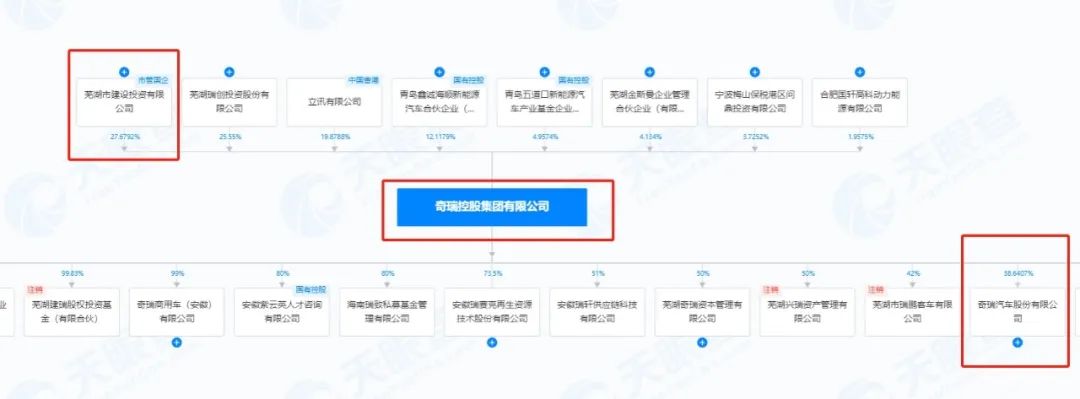
Secondly, the implementation of the internationalization strategy is also a significant factor in Chery's choice of IPO.
Taking the Brazilian market as an example, since entering Brazil in 2005, Chery Automobile has consistently increased market investment and established a comprehensive sales and service network. In 2024, Chery's sales in Brazil reached 100,000 units, making it one of the most popular automotive brands in the local market. The success of the IPO will provide financial backing for Chery's expansion into more overseas markets.
Industry insiders believe that "as the Chinese automaker with the largest export volume, Chery's choice to sprint towards an IPO at this juncture is to seize the opportunity of the industry's overseas expansion. The rapidly growing export volume will aid in its transformation from a Chinese brand to an international automaker, leaving ample room for investor imagination and facilitating the raising of higher funds."
Yin Tongyue has frequently mentioned in the past, "Not pursuing speed, breaking the mold first."

Amidst the wave of new energy, Chery Automobile's IPO journey is no longer a mere financing game but a technological breakthrough battle that concerns the survival of the enterprise.
As the bell rings in 2025, whether Chery can cross the capital threshold with a qualitative leap in its "blood-making ability" will hinge on its ability to achieve breakthrough advances in key indicators such as hybrid technology efficiency and high-end market penetration. This capital knot, initiated in 2005, will reach its resolution in 2025.
Note: Some images are sourced from the internet. If there is any infringement, please contact us for removal.

